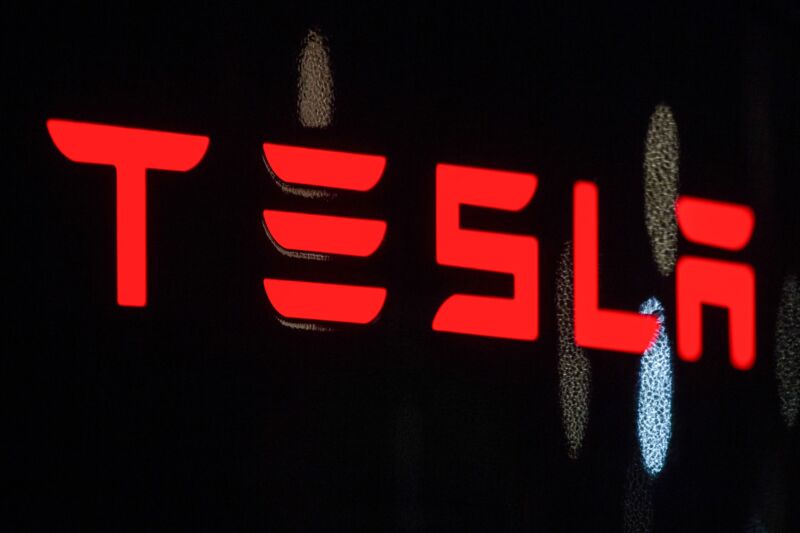
Getty Images | SOPA Images
A federal judge ruled yesterday that Tesla must face a lawsuit alleging that it committed fraud by misrepresenting the self-driving capabilities of its vehicles.
California resident Thomas LoSavio’s lawsuit points to claims made by Tesla and CEO Elon Musk starting in October 2016, a few months before LoSavio bought a 2017 Tesla Model S with “Enhanced Autopilot” and “Full Self-Driving Capability.” US District Judge Rita Lin in the Northern District of California dismissed some of LoSavio’s claims but ruled that the lawsuit can move forward on allegations of fraud:
The remaining claims, which arise out of Tesla’s alleged fraud and related negligence, may go forward to the extent they are based on two alleged representations: (1) representations that Tesla vehicles have the hardware needed for full self-driving capability and, (2) representations that a Tesla car would be able to drive itself cross-country in the coming year. While the Rule 9(b) pleading requirements are less stringent here, where Tesla allegedly engaged in a systematic pattern of fraud over a long period of time, LoSavio alleges, plausibly and with sufficient detail, that he relied on these representations before buying his car.
Tesla previously won a significant ruling in the case when a different judge upheld the carmaker’s arbitration agreement and ruled that four plaintiffs would have to go to arbitration. But LoSavio had opted out of the arbitration agreement and was given the option of filing an amended complaint.
LoSavio’s amended complaint seeks class-action status on behalf of himself “and fellow consumers who purchased or leased a new Tesla vehicle with Tesla’s ADAS [Advanced Driver Assistance System] technology but never received the self-driving car that Tesla promised them.”
Cars not fully autonomous
Lin didn’t rule on the merits of the claims but found that they are adequately alleged. LoSavio points to a Tesla statement in October 2016 that all its cars going forward would have the “hardware needed for full self-driving capability,” and a November 2016 email newsletter stating that “all Tesla vehicles produced in our factory now have full self-driving hardware.”
The ruling said:
Those statements were allegedly false because the cars lacked the combination of sensors, including lidar, needed to achieve SAE Level 4 (“High Automation”) and Level 5 (“Full Automation”), i.e., full autonomy. According to the SAC [Second Amended Complaint], Tesla’s cars have thus stalled at SAE Level 2 (“Partial Driving Automation”), which requires “the human driver’s constant supervision, responsibility, and control.”
If Tesla meant to convey that its hardware was sufficient to reach high or full automation, the SAC plainly alleges sufficient falsity. Even if Tesla meant to convey that its hardware could reach Level 2 only, the SAC still sufficiently alleges that those representations reasonably misled LoSavio.
The complaint also “sufficiently alleges that Musk falsely represented the vehicle’s future ability to self-drive cross-country and that LoSavio relied upon these representations pre-purchase,” Lin concluded. Musk claimed at an October 2016 news conference that a Tesla car would be able to drive from Los Angeles to New York City “by the end of next year without the need for a single touch.”




















+ There are no comments
Add yours